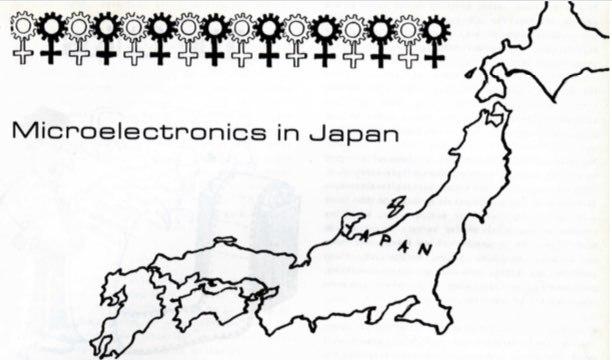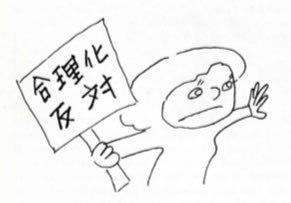Microelectronics in Japan

The Committee for the Protection of Working Women in the Computer World was formed in 1982 and consists of working women, leaders and activists in workers groups and students of labour problems. The basic aim of the committee is to investigate the problems affecting working women as a result of what is termed the "ME (microelectronic) revolution"
Japan is now leading the world in the area of computers and has the highest ratio of computers and robots to number of workers in the world. All sizeable companies, factories, and even homes have an Electro-Data Processing (EDP) system installed. This system is serving our daily lives. All over the country banks are employing cash card systems. Computers as an aid in education are also how very popular, from kinder garten to college level. Undoubtedly these systems are very convenient, but they encompass many problems..

For example, near-sightedness amongst workers is increasing and various effects of radiation are being discovered. Surely the aim of technology is to improve conditions and liberate workers from robotic work. However, such advantages are still to be proven in Japan. Indeed, many skilled workers are often taken from the jobs they have trained for, and are expected to merely check and maintain machines - a depressing task one would imagine.
Computer games use destructive imagery designed to appeal to small boys and exclude girls, and education and training schemes are geared to producing men with technological skills and understanding. In fact, control of and familiarity with technology have become one of the defining features of masculinity, and femininity synonymous with technical incompetence.
Hand in hand with this process must go the building up of organisational means to share our knowledge and give us the strength to put our ideas into practice. It is conferences like this one which start to make this possible . Thank you, ISIS, for organising it.
In the workplace, we have seen an increased polarisation between those who design and control the machines at one extreme, and those who operate and
are controlled by them at the other. All too often, this in effect means that a few men are controlling a larger group of women. The technology has become an instrument of that control over womens labour, just as medical technology has become an instrument of male control over women's bodies in hospitals.
When we discuss strategies for action which women can take in response to new technology, I think we must look beyond ways in which women can gain access to technological skills, and to the controlling jobs, although these are important and necessary tasks. We must find ways in which the technology itself can be challenged, and reshaped so that it meets the needs of women.
On a direct human level, benefits do not outweigh the adverse effects. The EDP system causes both mental and physical distress and,' moreover, all aspects of contemporary society are becoming involved in this viscious circle.
The ME revolution is affecting middle-aged workers first. Women too, after being l aid off are subsequently excluded from the labour market in that obtaining future employment is virtually impossible.
The discrimination that exists in Japan with regard to working women is becoming increasingly oppressive. There is a dire need for better working conditions, a definition of everyone's actual position with in their work, and an improvement in medical care. Women are reduced to the level of day workers in so far as their rights are concerned, and are being established as a low-cost labour power. Furthermore, these problems are being exported to other countries, particularly the developing ones, where Japanese companies are in operation.
Returning to look at the actual situation in Japan, neither the government nor even trade unions will admit that these problems exist, especially from the point of view of individual human rights.
We are deeply concerned with these problems, and founded our group in order to examine solutions. In Japan, any study of the effects of the ME revolution is still very much in the initial stages and it seems that neither government nor trade unions recognise the necessity of such a study. In our Committee's conference held in Tokyo in July 1982, in which 250 people participated, we decided to meet up with members of the Labour Ministry to attempt to explain the problems being faced by women workers. So we ourselves are continuing to investigate the situation and offer possible solutions.



